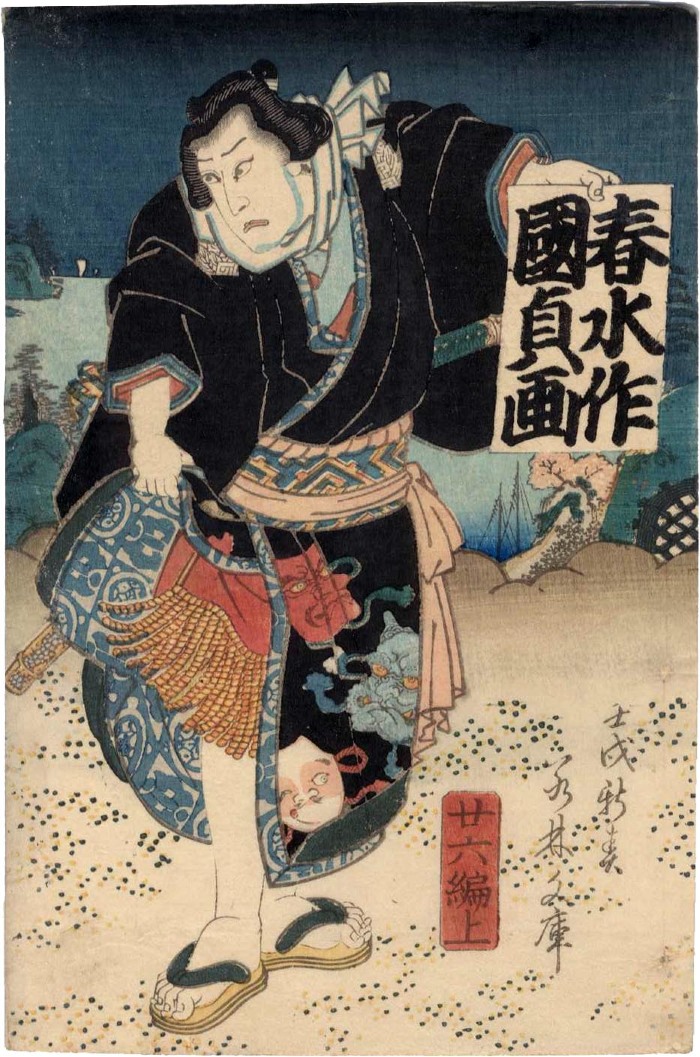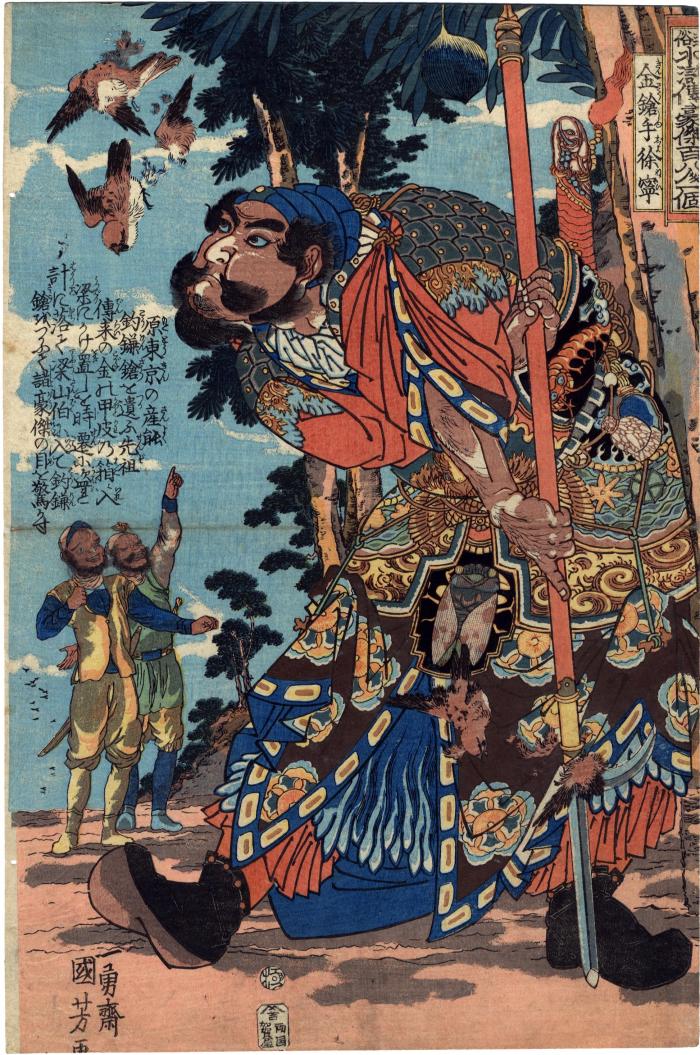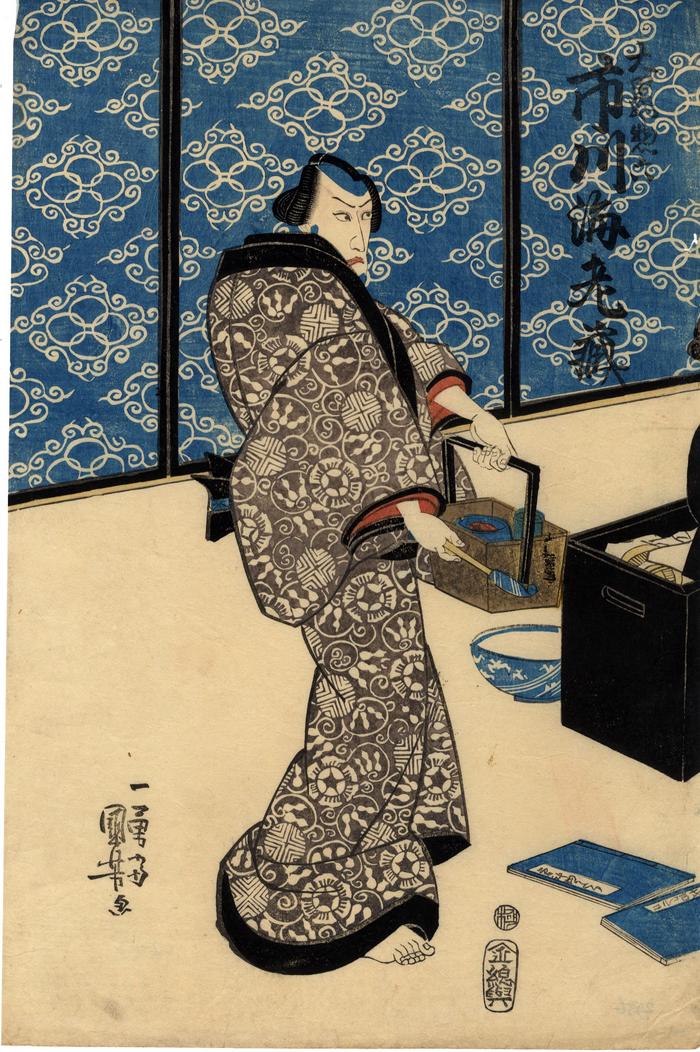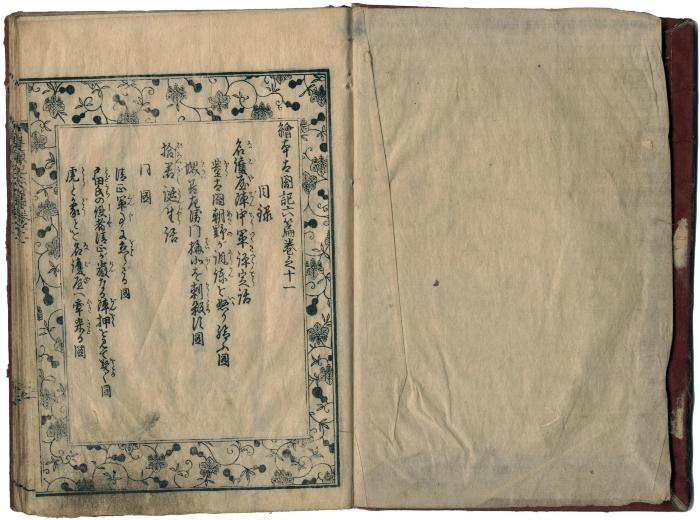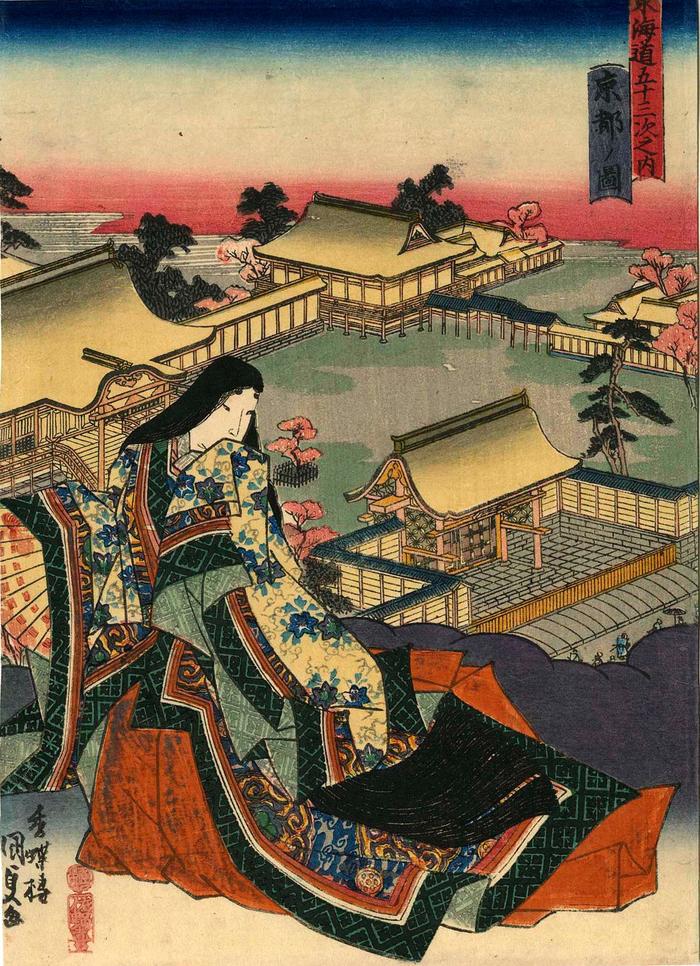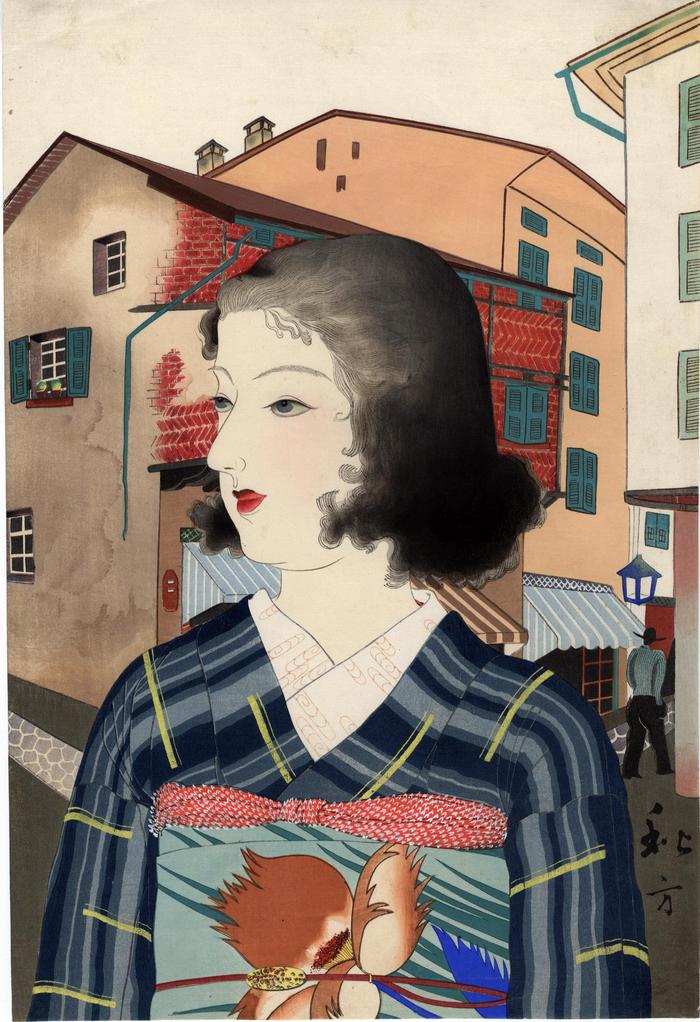Welcome to The Lyon Collection!
Ukiyo-e Prints in the Mike Lyon Collection
Mike Lyon (artist b. 1951) was fortunate to have grown up familiar with Japanese prints. In his youth Lyon’s parents and grandparents displayed examples that certainly inspired his own artistic development. He began acquiring Japanese color woodcuts early in his career as an artist. The types of prints that feature most prominently among the many hundreds in Lyon's collection reflect the artist’s deep appreciation of the human figure and the expressive facial portrait. The vast majority of Japanese prints in the Lyon collection represent views of actors yakusha-e) and beautiful women (bijin-ga), and in particular the close-up, bust-length portraits of the same (okubi-e).
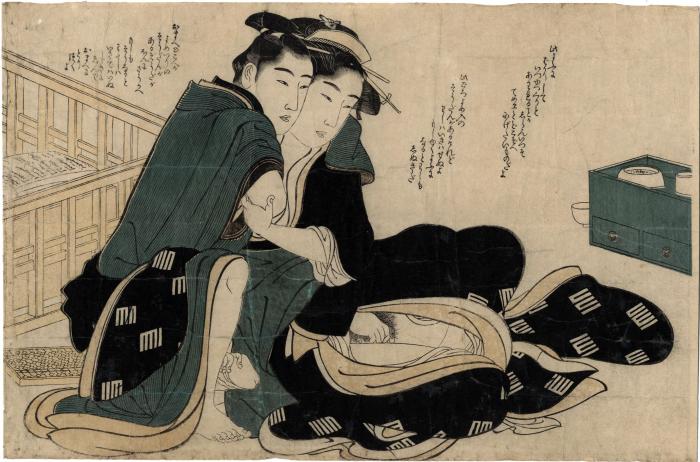
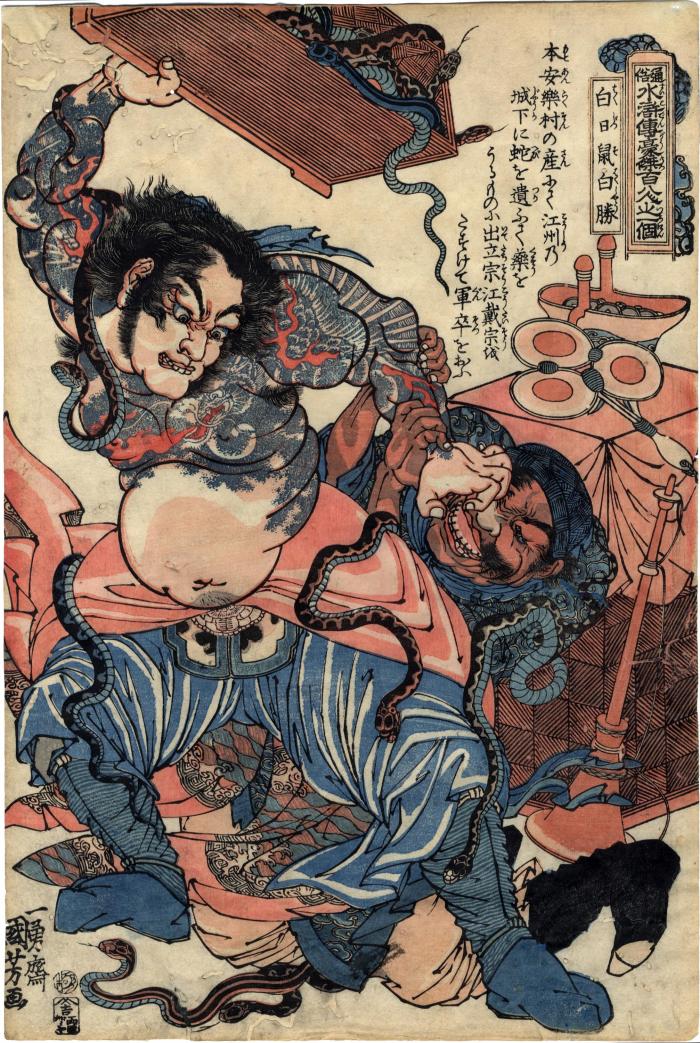
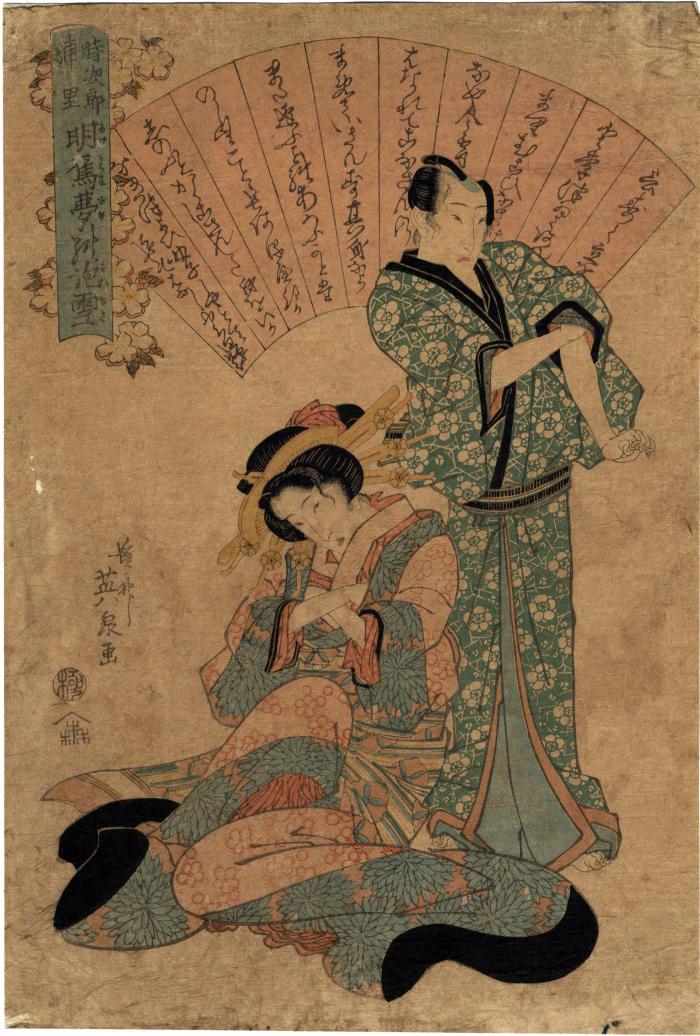
![Onoe Taminosuke in the role of Otsuma [多見之助のお妻] from the play <i>Sakuratsuba Urami Samezaya</i> [桜鍔恨鮫鞘] from the series <i>Shin Nigao-e (New Actor Portraits)</i>](https://www.woodblockprints.org/media/lyon_collection/images/1/4/91138_ca_object_representations_media_1446_large.jpg)
